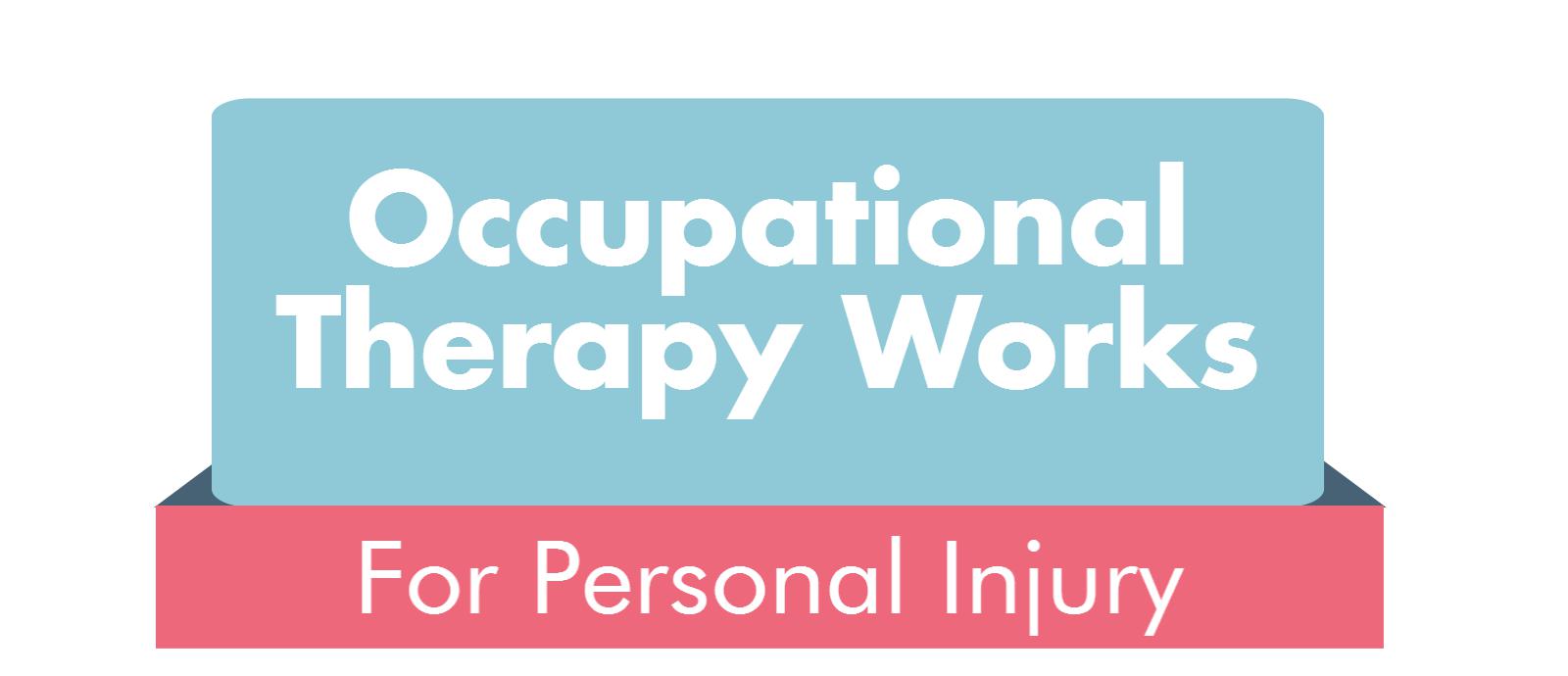Julie Entwistle, MBA, BHSc (OT), BSc (Health / Gerontology)
As an occupational therapist, business owner, and MBA, I can’t help but to reflect on the colossal legislation that is the Accessibility for Ontarians with Disabilities Act, or AODA. If you are not familiar, this is Ontario’s way of making the province accessible by addressing the following key areas so that people with disabilities can more fully participate in their communities: customer service, employment, information and communication, transportation, and design of public spaces. This a catch-all legislation aimed to create a culture of acceptance for people of all abilities.
So where does occupational therapy fit into this and why is this legislation important?
Occupational therapists help people with disabilities to function more safely and independently in any environment in which they need to manage. That includes at home, work or school, for leisure pursuits, and in the community, and often involves helping people to obtain devices, products or services. Based on my own experiences, I thought I would share my thoughts on the importance of this legislation by sharing real examples of situations where a company or employee got it wrong when trying to provide service to a consumer with a disability:
Example 1: A few months back I was taking an ailing relative to an appointment at a lawyer’s office. We arrived and the building was poorly marked. We tried a couple of entrances and walked around the building a few times. We finally found the entrance and were met with three flights of long and windy stairs. We climbed these slowly and when greeted by the lawyer he said “you should have told me stairs were a problem and I could have met you at home”.
Example 2: The other day I was at the bank waiting for an appointment. A patron with a cane ventured in and tripped on the scatter rug that was not lying flat on the floor. Two staff quickly ran to her side and started pulling her up by her shoulders to get her back into standing. The teller told me that people trip on those mats “all the time”.
Example 3: Also recently, I ventured into the community to help a client purchase an appropriate bed. The salesperson at the store told my client (who uses a wheelchair) that he “knows about people like him”. When my client transferred onto one of the beds in the showroom, the salesperson tried to physically assist him, and continued to try and assist even after my client told the salesperson he did not need help. Then, after the transfer the salesperson (standing behind my client) pulled the transfer board out from under him suddenly causing my client to lose his balance.
Example 4: Or, the story of a client of mine who uses a wheelchair and ventures into a large department store where an employee at the front of the store puts a sticker on him that says “I am special”.
These scenario’s highlight why the AODA legislation is necessary. Everyday people with disabilities are poorly serviced, spoken down to, underestimated, or encounter barriers when trying to access a product or service. With an estimated 15% of Canadians having a disability, and the number growing rapidly with the aging population, this equates to millions of consumers that are not able to access products and services, or who are being poorly treated or physically or emotional jeopardized when they do. Or, expanding this further, these poorly serviced consumers often shop with an attendant, family or friends, doubling the number of people witnessing this problem.
Can you see the problems in these examples? Would you handle these situations differently? Has your employer provided you with the education and training to know how to provide proper service to people with physical, mental or emotional impairments, visual or hearing disorders, or how to optimally service someone who may be unable to speak or write, or who shops with a support person or service dog? Can people with physical disabilities access your building, use the washroom? If not, your employer is already missing the mark on the AODA legislation.
While many business owners may feel that the AODA legislation is unimportant or does not need sufficient attention, I would argue that this is not something to ignore. Not properly training staff on the ways to service all people well runs the risk of impacting a business’s reputation, sales, and overall profitability. Imagine, for example, that I disclosed the names of the businesses above? What would you think of those establishments? Or, perhaps worse, if my clients went online following and shared their experiences with others on social media? Complained to a manager? Or got hurt and decided to sue? Or, looking more positively, we can turn this on its head and talk about how companies would be perceived, talked about, and celebrated for getting it right. People share great stories too and many people with disabilities have a network and community of others that they liaise with for support.
Occupational therapists have the skills, training and experience to show others how to properly service people with disabilities, from barrier-free environments to effective communication and respectful and caring interactions. Much like you hire a plumber to fix a tap, a mechanic to fix your car, or a lawyer to draft your will, hire an occupational therapist to help you and your business become AODA compliant.
Visit our AODA Training and Education page to learn more on the services we offer.







